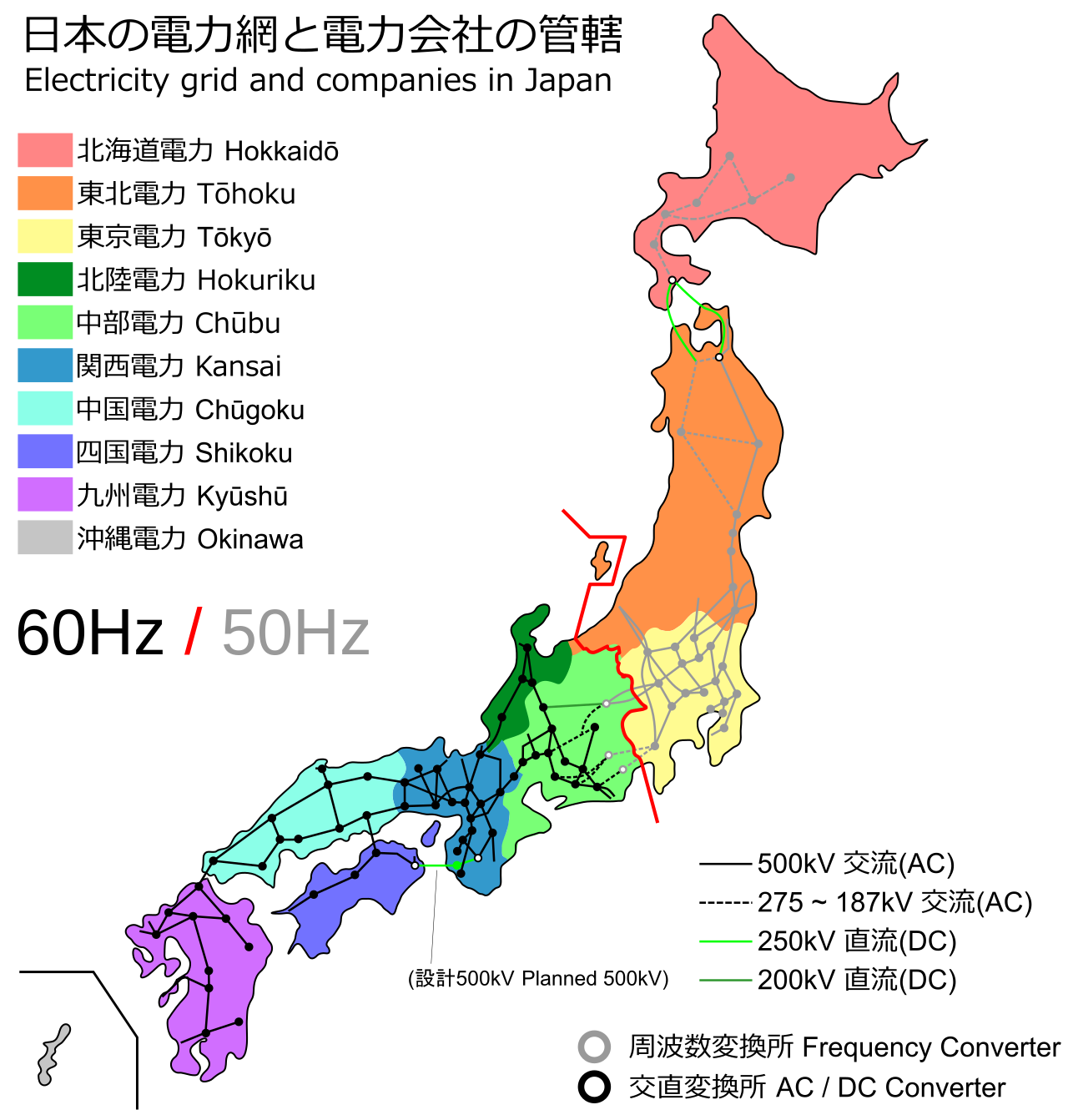For the energy transition to succeed in Japan, the national grid will have to undergo significant reforms and modernization in order to increase efficiency, enhance energy security and reduce environmental impact. Now, the nation’s main power transmission firms have taken a first step in that direction.
A new entity has emerged to act as a central repository for all electricity transmission and distribution data in Japan. As well as opening the door to new business opportunities, it will help to ensure that the nation’s regions are better-connected through a reliable and secure transmission network. The consolidation of data should also boost resilience.
More than any other of its G7 allies, Japan is prone to natural disasters, such as earthquakes and typhoons, which can disrupt power supply. A reformed grid can incorporate advanced technologies to enhance flexibility of power delivery thus minimizing downtime during disasters. Also, it will enable consumers to have more control over their energy usage through smart grids.
While these issues are by no means unique to Japan, the country faces a number of exceptional challenges, the most prominent being the fact that its power transmission system is bifurcated, each half runs at a different frequency. For the country to embrace and support an increased reliance on variable renewable energy, distributed systems, batteries and EVs, among other features, it needs to create a next- generation grid that speaks the same language. It is hoped the central data entity will enable just that.

